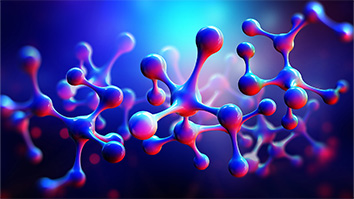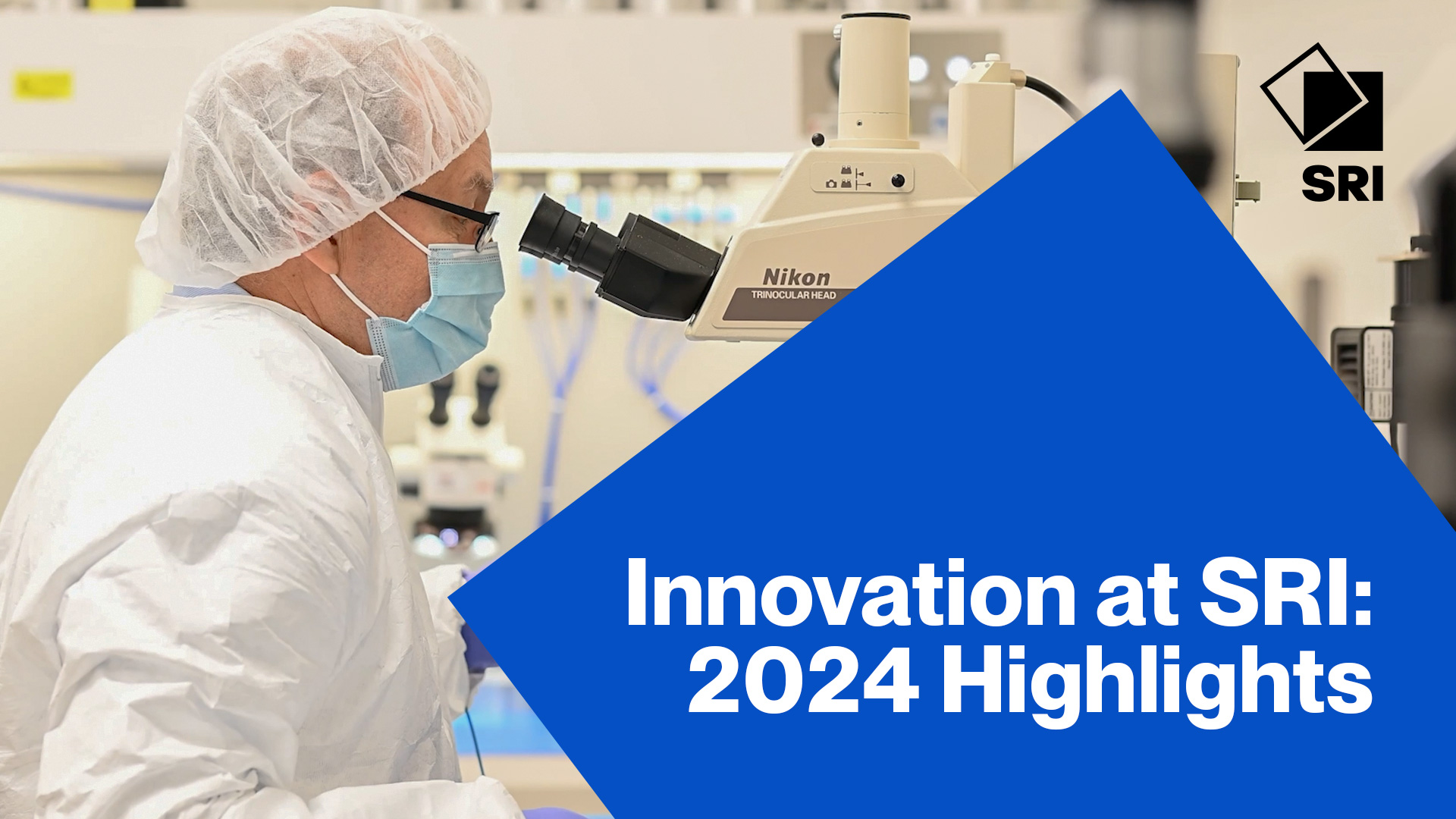Citation
Kiesel, P.; Bruce, R. H.; Roe, J.; Martini, J. Glucose detection in Fabry-Perot etalons. BIOS 2009 at SPIE Photonics West; 2009 January 27; San Jose,
Abstract
Although current mobile continuous glucose measurement (CGM) detectors for diabetes patients are minimally invasive, they have several inherent limitations that constrain their implant longevity. Foremost, their electrochemical enzyme used for detection is consumed during use and creates toxic byproducts that initiate a rejection response. In addition, they have limited sensitivity at low glucose levels. We propose a new CGM approach for use with the interstitial fluid (ISF). The approach is appropriate for a miniaturized subcutaneous CGM implant with an extended lifetime. The device is very accurate ( 2.5 mg/dl) across the range of glucose concentration from 20 mg/dl to 600 mg/dl. In this approach changes in the refractive index (RI) of ISF are measured in a double chamber Fabry-Perot etalon with a 400m cavity. By sweeping the wavelength of the incident light and detecting the etalons transmission maxima of both chambers, we can measure the differential RI between the chambers. This differential readout enables compensation for intrinsic temperature variations as well as variations in intensity and angle of incidence. By the use of appropriate filtering of the reference, the approach enables specificity for glucose variations. The accuracy of detecting transmission maximums enables sensitive measurements at low glucose levels. By using wavelengths in the near infrared spectral range we can rely on standard optical components and minimal tissue-light interaction e.g. scattering, absorption and auto-fluorescence.


